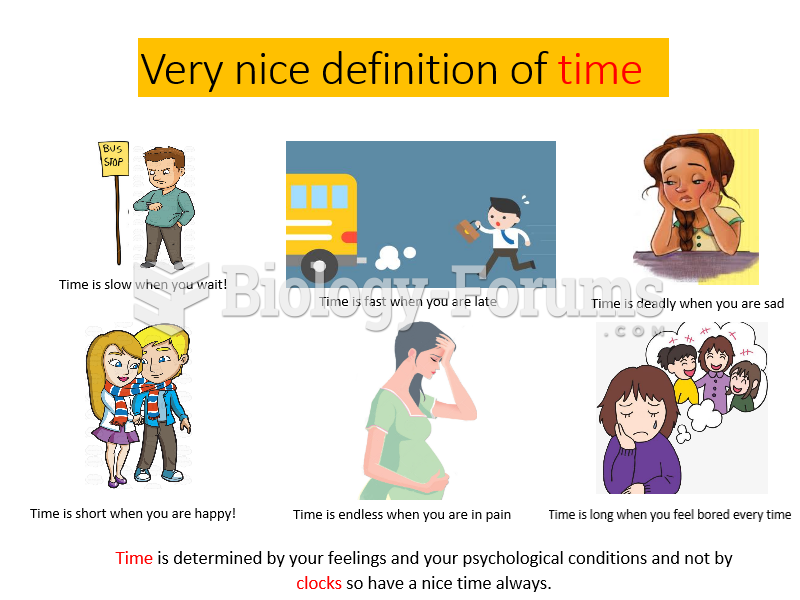Answer to Question 1
ANS: D
Feedback is a response message related to specific client behaviors and words. Nurses give and ask for client feedback to ensure mutual understanding. Feedback can focus on the content, the relationship between people and events, the feelings generated by the message, or parts of the communication that are not clear. Feedback should be specific and focused on observed behavior. Analyzing a client's motivations make clients defensive. Feedback should be a two-way process. Feedback responses reassure the client that the nurse is fully attentive to what the client is communicating. When it offers a neutral mirror, clients are able to view a problem or behavior from a different perspective. Feedback is most relevant when it only addresses the topics under discussion, and doesn't go beyond the data presented by the client. Feedback provided to nurses about their health teaching helps them to individualize teaching content and methodology to better facilitate the learning process. I know what you mean is disconfirming. You should do something about it and I really don't think you are having a tough time are examples of responses that are judging or evaluating.
Answer to Question 2
ANS: D
Feedback is a response message related to specific client behaviors and words. Nurses give and ask for client feedback to ensure mutual understanding. Feedback can focus on the content, the relationship between people and events, the feelings generated by the message, or parts of the communication that are not clear. Feedback should be specific and focused on observed behavior. Analyzing a client's motivations make clients defensive. Feedback should be a two-way process. Feedback responses reassure the client that the nurse is fully attentive to what the client is communicating. When it offers a neutral mirror, clients are able to view a problem or behavior from a different perspective. Feedback is most relevant when it only addresses the topics under discussion and doesn't go beyond the data presented by the client. Feedback provided to nurses about their health teaching helps them to individualize teaching content and methodology to better facilitate the learning process.







